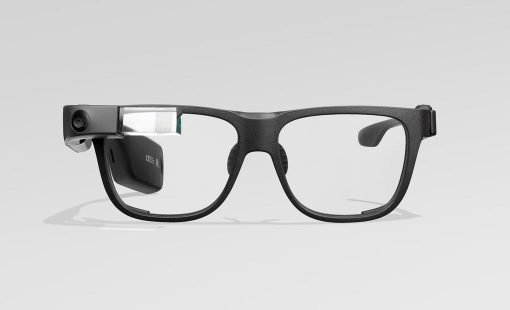Unless you’ve been living on the moon, you’re probably aware that in less than a decade mobile devices — smartphones and tablets — have come from nowhere to pass desktops as the devices of choice for media interaction.
That doesn’t mean desktops are on their way out, though. Over the same period, global desktop use has also steadily increased, though on a much shallower curve. This means the challenge is not only to develop mobile marketing, but to develop a cross-device strategy.
Mobile Marketing
Mobile marketing is a relatively new discipline, and many marketers haven’t caught up with it yet, but inherent advantages for marketing through mobile devices include:
- The user will almost always have their device with them.
- Personal interaction and dialogue are easier via SMS.
- Mobile users tend to share offers or information more than desktop users, especially via microblogging platforms such as Twitter.
- Mobile marketing can use devices’ GPS function to target marketing to the right location.
Apps Are the New Ads
When a new medium is introduced, initial attempts at marketing are usually little more than variants of older types. Early TV commercials were just radio commercials with pictures, while early internet advertising largely reproduced print ads.
The kind of ads that work on desktops are generally too small on the screen of a mobile device to be practical. What tends to work better is to produce an app that offers the user benefits, whether that’s convenience or free gifts. Successful examples have tended to come from big corporations, such as Tesco’s Korean branch putting up posters at city stations that allow customers to scan and order products. There’s no reason, though, why the principle shouldn’t be adaptable for a company of any size.
Cross-Device Marketing
As noted, desktops are far from obsolete, and it’s quite common for customers to find a service or product on a mobile device and buy it on their desktop. This can make tracking a problem, since we actually need to target where the customer finds the product more than where they make the purchase.
Cross-device marketing describes various techniques to link the same user across different devices. Google can do this, but only if everything goes through their platform. It’s possible to use a technique called probabilistic matching to achieve a high degree of accuracy, regardless of the platforms used, though this is still in its infancy.
One thing certain is that the range of devices available is going to increase in the coming years, whether that’s wearables or a type not yet imagined. Canny marketers will make sure they incorporate all these into their cross-device strategies. If you can do so before your competitors, you’ll have a massive advantage.
Do you need help with your digital strategy? get in touch with us today for a free consultation.




